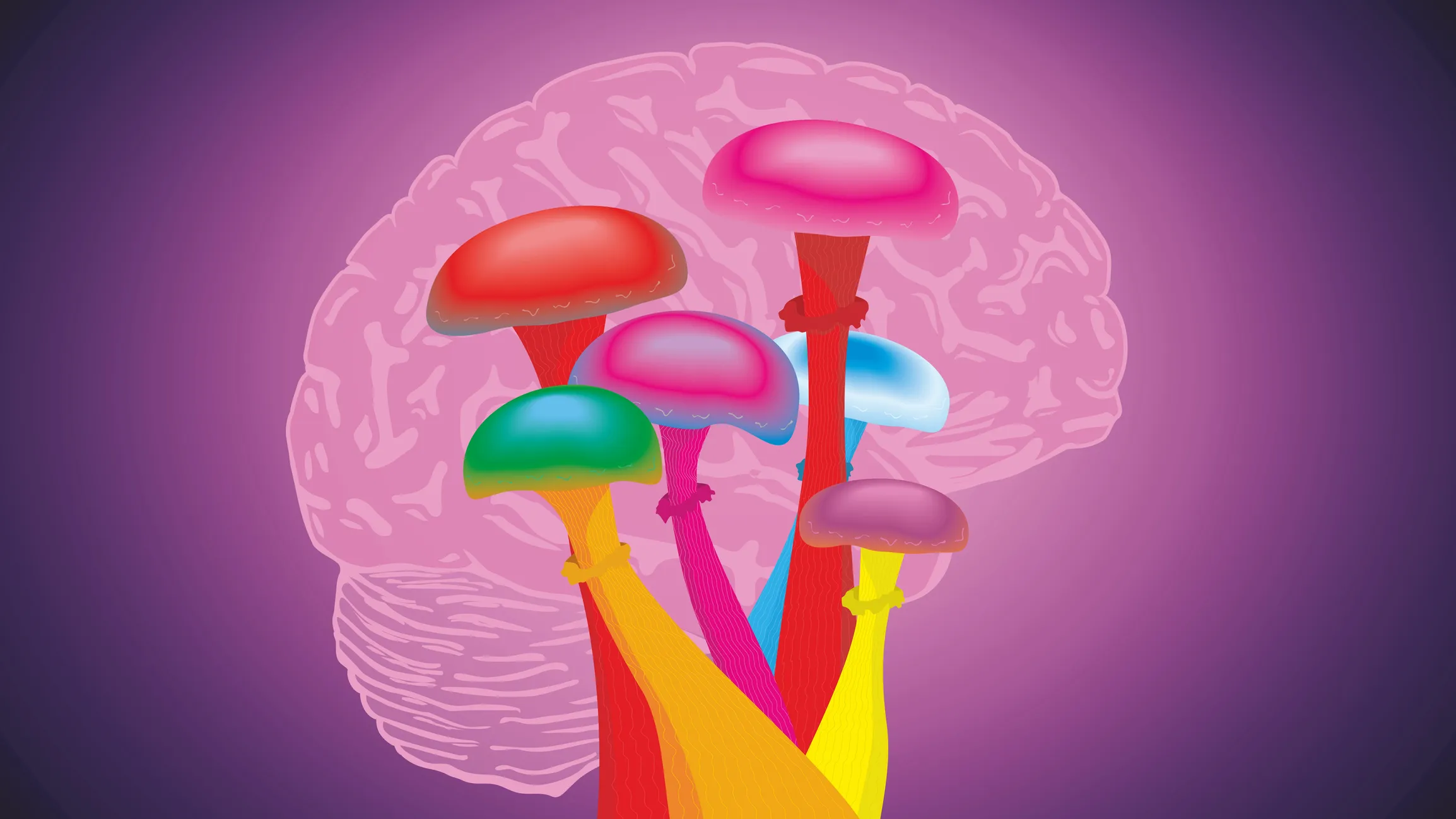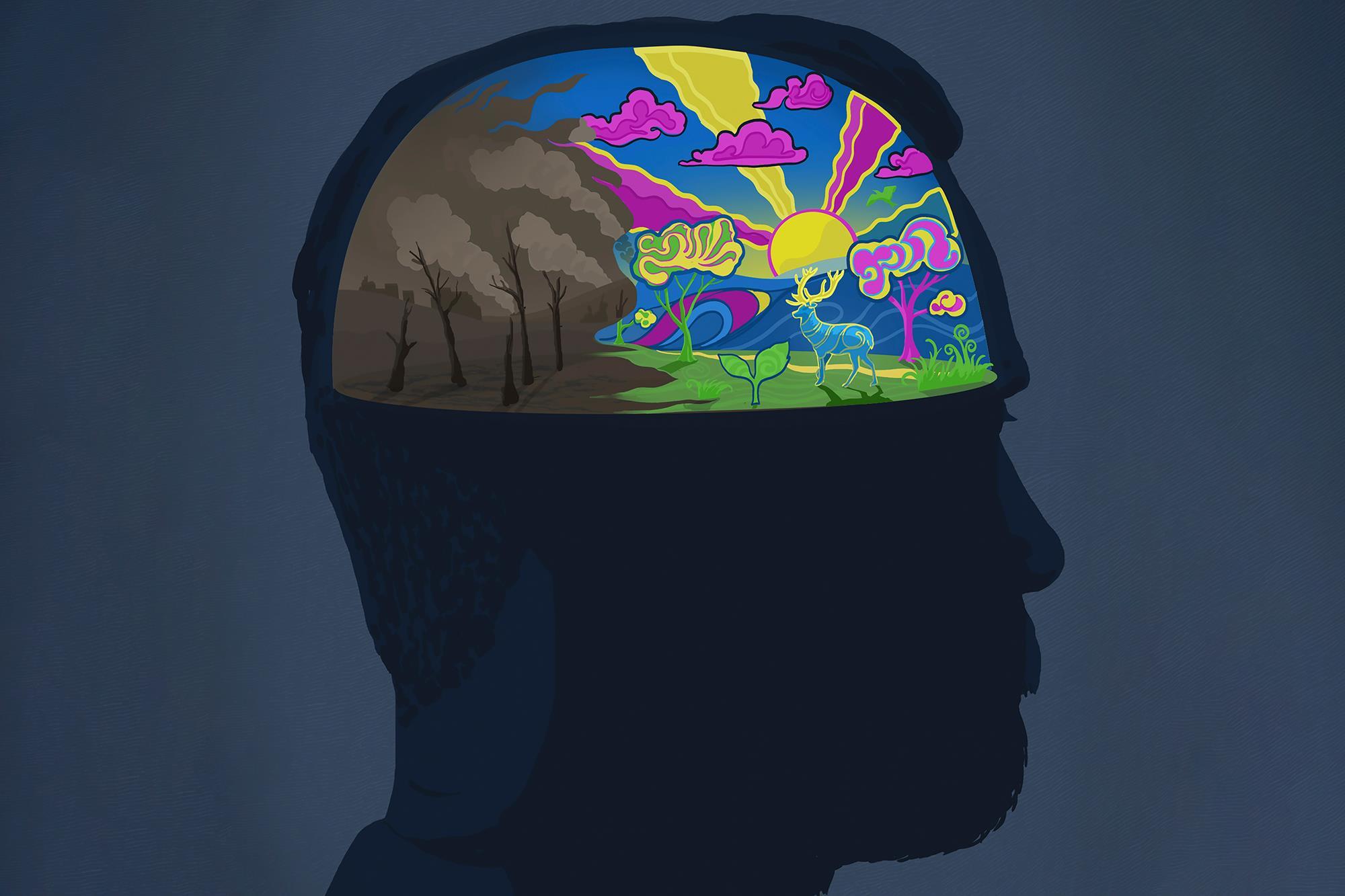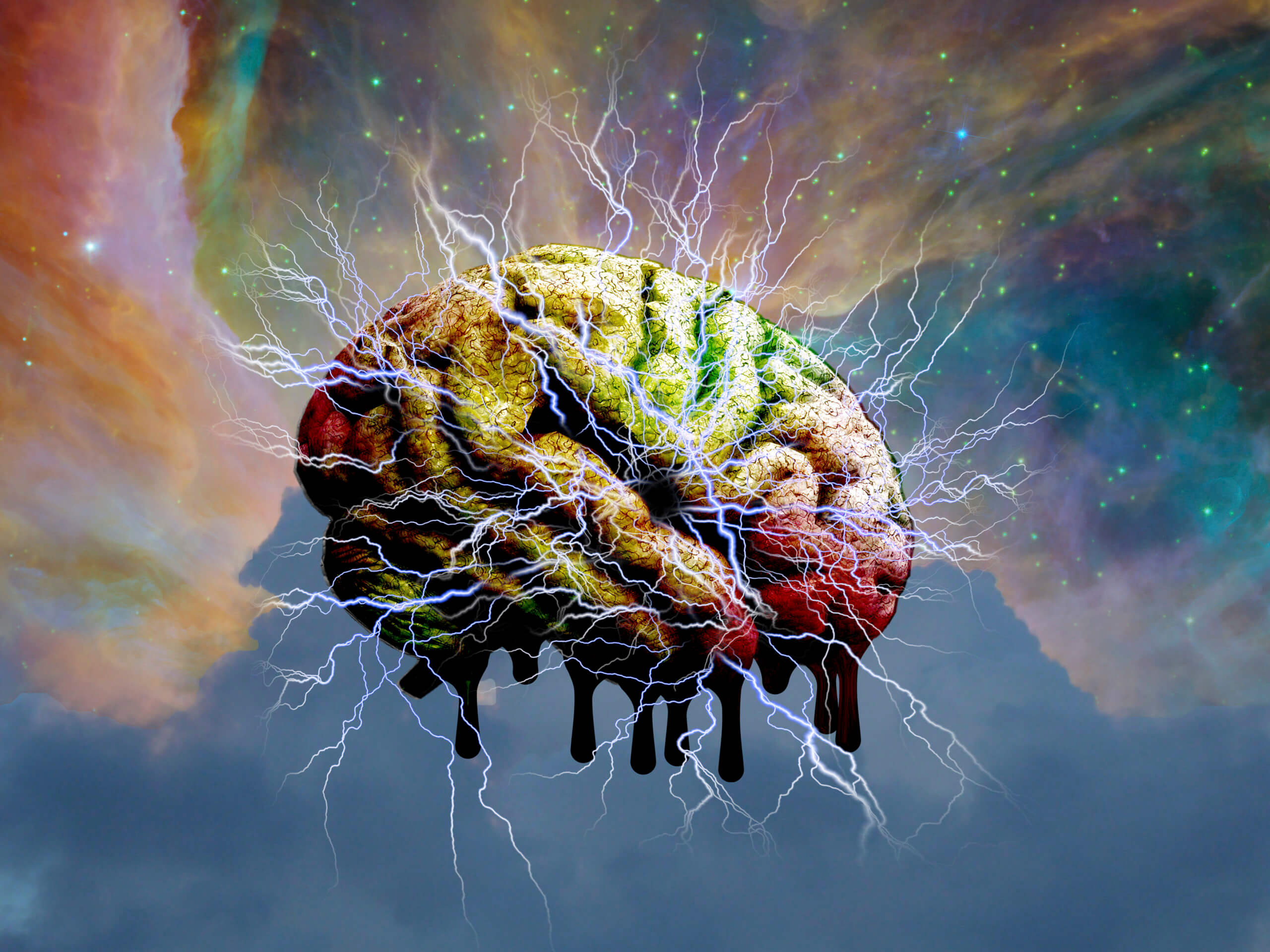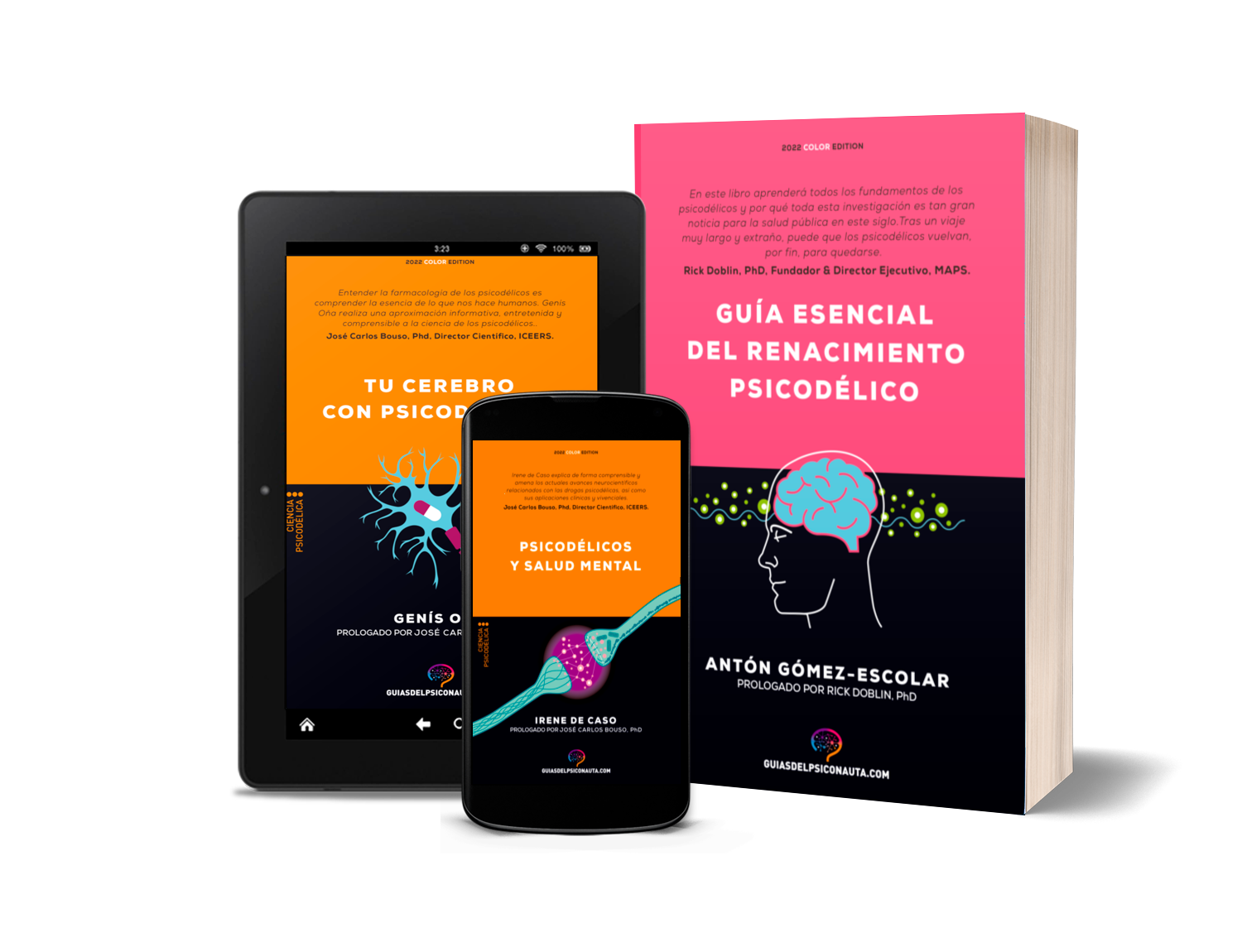By Gabriel García March 1, 2024
In recent years, there has been a marked increase in the use of psychedelics, accompanied by a wave of decriminalisation initiatives in several cities and states. At the same time, the FDA’s gradual approval of psychedelic-assisted therapies has signalled a shift in the perception of these substances from taboo to potential therapeutic tools. However, amid this evolving landscape, concerns have been raised about the impact of increased psychedelic use on public health.
A recent report funded by the Stanford Addiction Medicine Fellowship programme of the Health Services Research Administration sheds light on the public health implications of this growing trend. The study, entitled ‘Trends in hallucinogen-associated emergency department visits and hospitalisations in California, USA from 2016 to 2022’, presents findings that warrant further examination.
Analysing publicly available data on emergency department visits and hospitalisations in California, the study reveals a worrying spike in medical incidents associated with psychedelics. Between 2016 and 2022, psychedelic-related emergency room visits increased by 54%, while hospitalisations saw a parallel increase of 55%.

Nicolas Garel, lead author of the study from the Department of Psychiatry and Behavioural Sciences at Stanford University School of Medicine, stresses the importance of recognising the adverse outcomes that can accompany psychedelic experiences. Although the absolute number of incidents is relatively small compared to alcohol and cannabis-related cases, Garel stresses the importance of recognising the potential for challenging trips and adverse reactions.
An intriguing aspect highlighted by the study is the classification of hallucinogens in the medical field, where various substances are lumped into one category. Garel questions the feasibility of this approach, pointing out the vast differences in safety profiles and purposes of use between substances such as psilocybin, MDMA and ketamine. This amalgamation obscures the nuances of the specific harms associated with each substance, making accurate public health monitoring difficult.
In addition, the study highlights the lack of comprehensive data on psychedelic use by state, making it difficult to determine whether emergency department visits and hospitalisations correspond proportionally with the observed increase in psychedelic use. Garel speculates on the influence of factors such as the increasing prevalence of psychedelic use among young people struggling with depression, potentially fuelled by media coverage advocating psychedelic-assisted therapy.

However, Greg Ferenstein of Frederick Research offers an opposing perspective, drawing attention to a notable trend in the data. He suggests that adverse effects peak in 2020 and 2021, coinciding with a subsequent decline in 2022 following the decriminalisation of psychedelic plants and mushrooms in certain California cities. Ferenstein argues that this decline indicates a possible correlation between decriminalisation efforts and reduced hospitalisations, emphasising the role of access to quality products and professional guidance in improving safety.
However, the fact that the study excludes incidents with overlapping substance use disorder and overdose codes raises questions about the overall understanding of medical events related to psychedelics. This leads to consideration of future research to explore potential factors contributing to ED visits, including overdose, misidentification or inadvertent ingestion of contaminants such as fentanyl, which poses a significant public health threat in California.
In conclusion, the growing importance of psychedelics in therapeutic contexts and the ongoing policy shifts towards decriminalisation require a nuanced examination of their public health implications. While the increase in medical incidents associated with psychedelics underscores the need for risk awareness and harm reduction strategies, further research is imperative to elucidate the complex interplay between policy changes, substance use patterns and health outcomes in the changing landscape of psychedelic use.

If you are interested in learning more about this exciting world, we invite you to consult the Psychonaut’s Guides by Argonowta. These books will give you a broad and balanced view of psychedelics and their potential therapeutic effects. Remember, however, that these substances are not a panacea or a magic solution to all your problems. Their use requires professional guidance, an appropriate context and a responsible attitude. Psychedelics can be a powerful tool for personal change, but they can also be dangerous if used inappropriately or irresponsibly.
The Psychonaut’s Guides from Argonowta Publishing is a collection of books that explain in a rigorous and accessible way the scientific, historical, cultural and experiential aspects of psychedelic substances. These guides offer updated and contrasted information on the therapeutic and neuroscientific applications of psilocybin, LSD, DMT and MDMA, as well as practical advice on how to prepare, carry out and take advantage of psychedelic experiences. The Psychonaut’s Guides are a must-have reference for anyone interested in learning about the psychedelic renaissance that is transforming mental health and changing lives.






